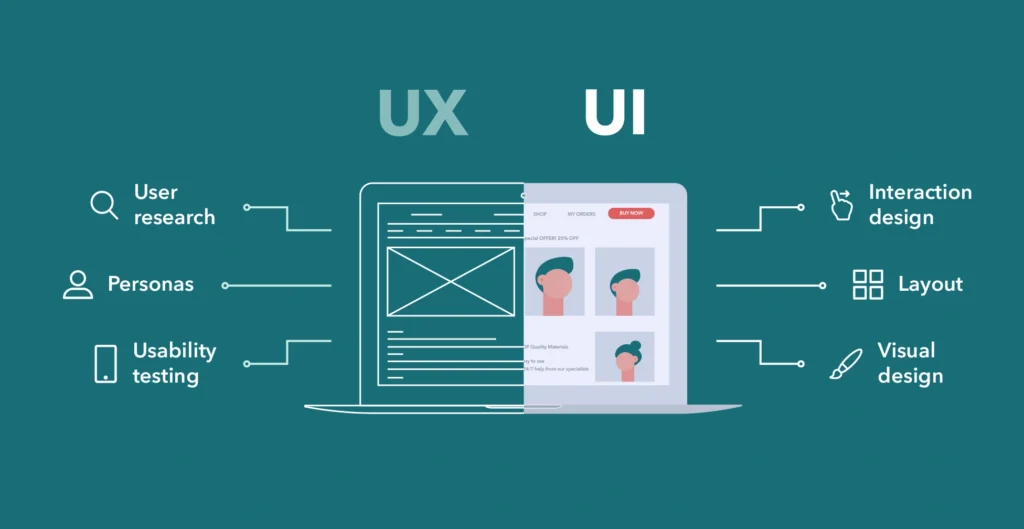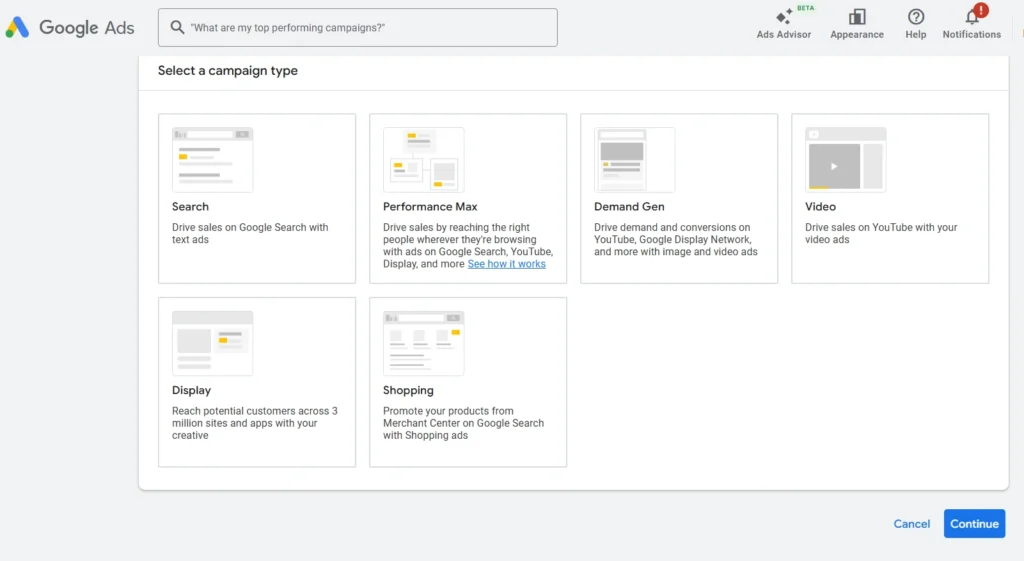A website that looks good but feels difficult to use can quickly turn visitors away. In the digital space, user experience (UX) and user interface (UI) are no longer optional, they are essential for keeping customers engaged and building trust.
Modern websites go beyond sharing information. They need to provide smooth navigation, clear layouts, and a design that reflects professionalism. Without these elements, businesses risk losing potential customers before they even explore what’s on offer.
That’s why WordPress UX and UI services are designed to help businesses improve both design and usability. By combining attractive visuals with practical functionality, these services ensure every visitor enjoys a seamless journey, whether the goal is to learn more, make a purchase, or get in touch.
For companies looking to boost engagement and conversions, investing in WordPress UX design services is the smart way to create a site that’s both user-friendly and future ready.
Why User Experience is Business-Critical
The moment someone lands on your website, their first impression is shaped by design and usability. If navigation feels confusing, buttons are hard to find, or the layout looks outdated, visitors are less likely to stay. On the other hand, clean and thoughtful UX/UI design immediately signals professionalism and builds trust.
Good user experience is not just about looks; it’s about credibility. A well-structured, intuitive site reflects a brand that values its customers. This credibility directly impacts whether visitors feel confident enough to explore your services, share information, or complete a purchase.
Performance also plays a major role. A slow, poorly optimised website frustrates users, leading to high bounce rates and lost opportunities. Even if your design looks good, people won’t wait around for a page to load. That’s why UX, UI, and speed must work together to keep visitors engaged.
Learn more about: Why speed matters in our blog on WordPress performance optimisation.
The Core Elements of WordPress UX and UI Services
Strong UX and UI design is built on several core elements that shape how users interact with your website. Each plays a role in making your site easy to use, visually appealing, and aligned with your business goals.
- Intuitive navigation and site structure – Visitors should always know where they are and how to get to the information they need. A clear menu and logical site flow prevent frustration and encourage longer visits.
- Clear layouts and visual hierarchy – Good design guides the eye. Using spacing, typography, and layout wisely ensures that key information stands out and users can scan content quickly.
- Consistent branding and design systems – Colours, fonts, and imagery should reflect your brand identity across every page. Consistency builds trust and reinforces your professional image.
- Accessibility for all users – A site that works for everyone, including people with disabilities, isn’t just ethical, it also expands your reach.
Mobile-first design is also a key factor in user experience. Ensuring that your site adapts smoothly across devices is essential for keeping visitors engaged. You can explore this further in our blog on responsive design.
UX and Conversions: Turning Visitors into Customers
A well-designed website does more than look good, it actively guides visitors toward becoming customers. Every element of your UX and UI design shapes the user journey, from the moment someone lands on your homepage to the point of completing a purchase or enquiry.
- Calls-to-action (CTAs), forms, and checkout flows need to be clear and simple. If users can’t find what to do next, they’re likely to leave without converting.
- Simplified navigation is proven to reduce bounce rates. When users can quickly find products, services, or contact details, they’re more likely to act.
- Better UX also supports SEO. Search engines favour websites that engage users, keep them on the page longer, and provide a smooth experience, all of which are direct results of good design.
For eCommerce businesses, checkout design is especially critical. Optimising the process with professional WooCommerce development ensures fewer abandoned carts and higher sales.
The Role of UI Design in Customer Trust
When customers visit a website, their first impressions are shaped by what they see. A polished user interface (UI) communicates professionalism, reliability, and attention to detail, qualities that directly influence trust.
- Aesthetics and visual balance play a central role. Clean layouts, structured spacing, and consistent use of colours make navigation effortless and reassure visitors they’re in the right place.
- Colour psychology also matters. For example, blue tones often suggest trust and stability, while green can represent growth and positivity. Choosing the right palette strengthens brand identity and customer confidence.
- Professional UI design enhances credibility. A cluttered, outdated site creates doubt about a company’s reliability, while a well-structured interface signals authority and care.
In business terms, better UI leads to higher trust, and higher trust results in stronger retention and repeat customers. A visually consistent, intuitive design does more than make a website attractive, it supports long-term business growth.
Long-Term Value of UX/UI Investments
UX and UI design should not be seen as a one-time task. Instead, they are ongoing processes that evolve with customer needs, industry trends, and new technologies. Businesses that view UX and UI as continuous investments gain long-lasting advantages.
- Scalability for future features – A well-structured design makes it easier to add new pages, tools, or integrations without disrupting the customer experience.
- Adoption of new technologies – As digital tools evolve, an adaptable design allows seamless integration, whether it’s new payment systems, AI-driven chatbots, or accessibility improvements.
- Sustainable SEO and performance benefits – Clear navigation, responsive layouts, and intuitive interfaces support both user engagement and search rankings over the long term.
For businesses that want to explore this further, our WordPress UX design services (link to the pillar blog) provide the strategies and expertise needed to build websites that not only look great today but continue to deliver value for years to come.
How Professional WordPress UX/UI Services Work
Professional WordPress UX and UI services follow a structured process designed to align your website with customer expectations and business goals. It’s not just about design; it’s about creating a seamless journey for users from the moment they land on your site.
- Discovery – The process begins with understanding your users. This includes identifying their needs, behaviours, and pain points to shape a strategy that works.
- Wireframing & Prototyping – Early-stage layouts and prototypes are developed to map out navigation, structure, and user flow before final designs are applied.
- Testing and Refinement – Every element, from forms to call-to-action buttons, is tested to ensure usability and accessibility across devices.
- Continuous Monitoring & Optimisation – Post-launch, tools such as analytics, heatmaps, and user behaviour tracking are used to monitor performance and make improvements where needed.
By using data-driven insights, professionals ensure that the design is not only visually appealing but also functional, adaptable, and capable of delivering measurable business results.
Final Thoughts
Strong UX and UI are no longer optional, they are central to building trust, improving SEO performance, and driving conversions. A website that feels intuitive, looks professional, and works seamlessly across devices will always outperform one that overlooks these essentials.
For UK businesses, prioritising UX and UI means staying competitive in a digital market where customer expectations are higher than ever. It’s about creating an online presence that not only attracts visitors but also turns them into loyal customers.
Request a consultation today and see how professional WordPress UX and UI services can transform your website experience.



